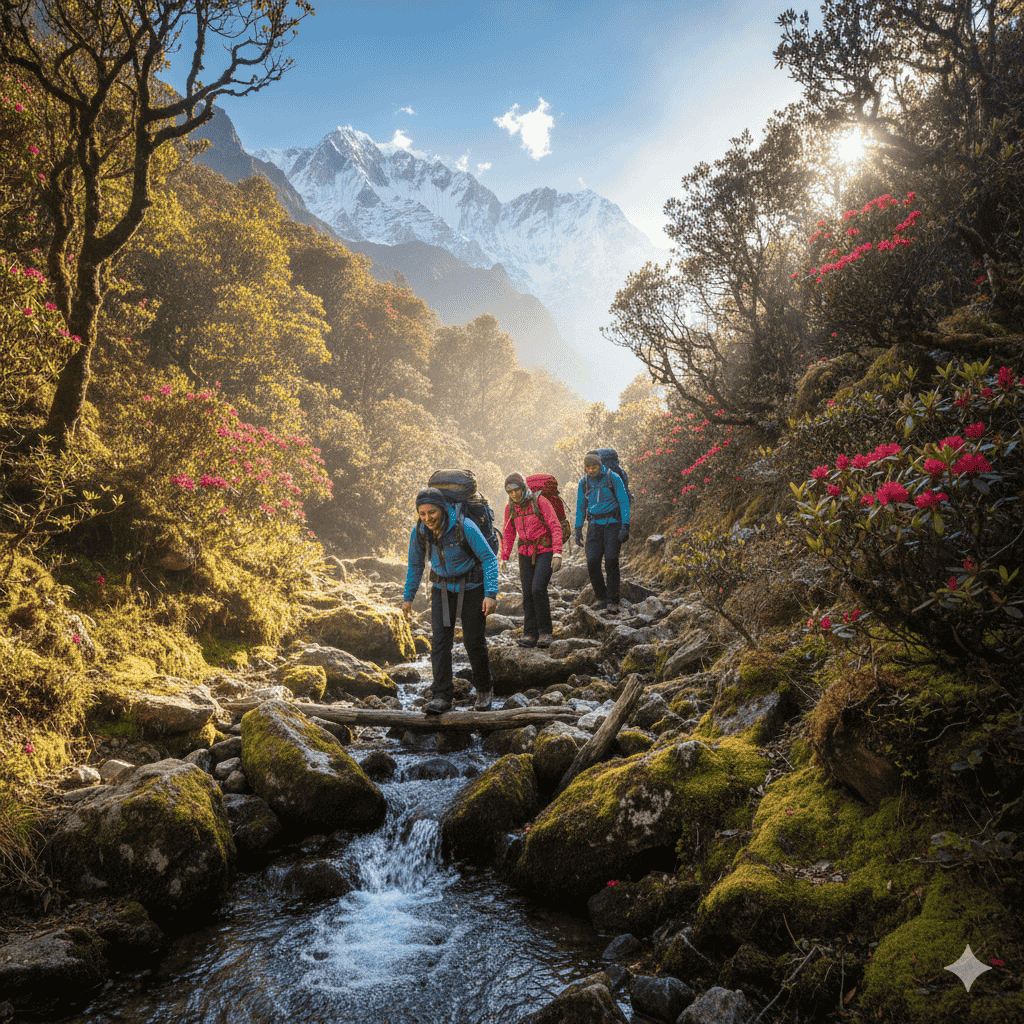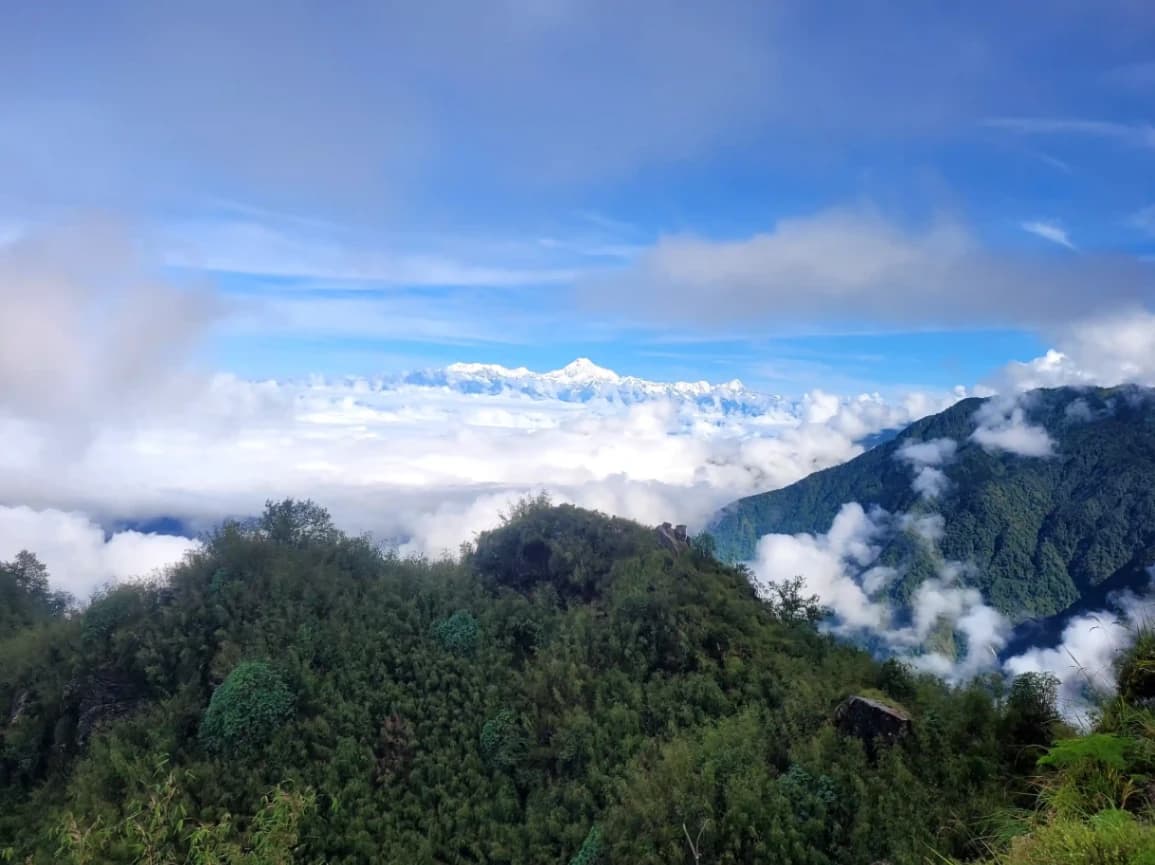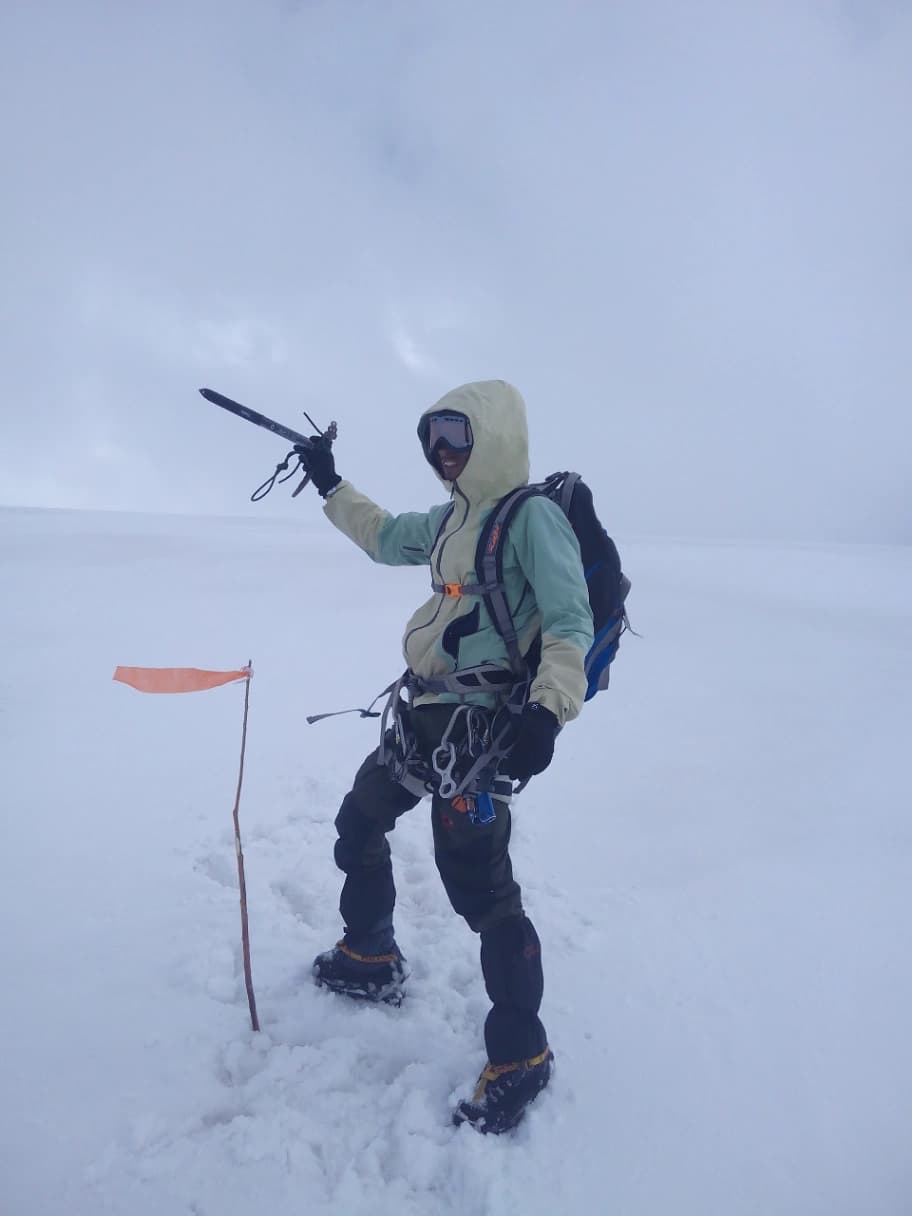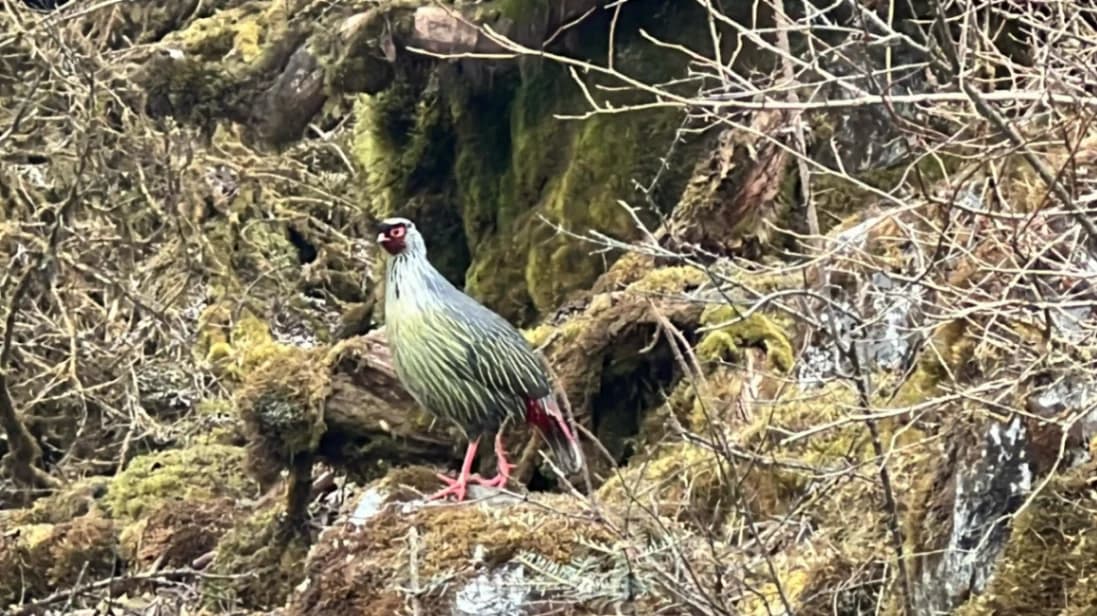Let’s face it – mountains tend to make life more real. And in case you happen to be one of those who enjoy photography, trekking, or simply distancing themselves from the urban mess, The Goechala Pass in North Sikkim is nothing less than a paradise on Earth. There are snow-covered mountain tops, rivers with such clear water, and green valleys, plus sunsets that will transform your Instagram feed into a movie scene.
By the way, don’t think of it as just another trek. It’s an experience, a journey where nature talks to you, and your camera barely gets a rest.
Why The Goechala Pass is Special
Frankly, it’s all about the views. This is the reason for the recurring visits of the trekkers:
- Location: North Sikkim, the path from Yuksom to the Kanchenjunga base.
- Altitude: About 4,940 meters above the sea level. High, yes, but totally doable if you pace yourself.
- Scenery: Panoramic views of the Kanchenjunga, the third-highest mountain in the world.
In fact, photographers can’t get enough. Sunrise paints the peaks in gold, while sunset gives them a fiery glow. And the best part? The Goechala Pass is still untouched by heavy tourist traffic, so your shots look like pure magic.
The Trek: Not for the Lazy, But Totally Worth It
Let’s be real isn’t a walk in the park. But that’s what makes it fun. Every step challenges you a bit, and every view rewards you a lot.
- Duration: 7–10 days round trip. Pace yourself!
- Trail: Yuksom → Dzongri → Thansing → Goecha La Base Camp
- Difficulty: Moderate to tough.
The last climb to The Goechala Pass is steep. Your legs might beg for mercy, but when you see Kanchenjunga up close, it’s all worth it. You’ll be standing there thinking, “Wow… I actually made it.”
By the way, trekking isn’t just about the destination. The journey itself-walking through forests, crossing rivers, meeting other trekkers-is half the fun.
Information you should know about the Goechala Pass Trek
Nature That Speaks at The Goechala Pass
Ever felt like the mountains are talking to you? That’s The Goechala Pass. Every day on the trail brings something new:
- Rhododendron forests: Spring blooms are unreal. Red, pink, white… everywhere!
- Rivers and waterfalls: This is the perfect reason to stop every few meters and take photos.
- Alpine meadows: Wildflowers are dancing in the wind; they are making you feel like you are in a fairy tale.
And wildlife? Keep your eyes peeled. You might see Himalayan tahrs, barking deer, or even snow leopards if luck is on your side. Honestly, it feels like nature’s putting on a private show just for you.

Best Time to Visit The Goechala Pass Trek
Timing is key, friends. You don’t want rain or snow ruining your trek.
- March–June (Spring): Rhododendrons bloom, skies are clear-perfect for photography.
- September–November (Autumn): Crisp air, golden sunsets, and chilly nights.
- Winter can be brutal. Monsoon? Slippery trails and soggy tents. Just saying.
Packing Smart (Because No One Likes a Heavy Bag)
You don’t need to bring your entire wardrobe. Keep it simple:
- Trekking shoes (make sure they’re comfy!)
- Warm jackets, thermals, gloves
- Sunglasses, sunscreen, hat
- Camera + extra batteries
- Water bottle and energy snacks
Frankly, the less you carry, the more you enjoy the trek. And trust me, your legs will thank you.
Sleeping Under the Stars
Forget luxury hotels. Here, it’s all about camping:
- Dzongri Base Camp
- Goecha La Base Camp
Tents are basic, but the views? Insane. Imagine waking up and seeing Kanchenjunga glowing in the sunrise. No five-star hotel can beat that. By the way, evenings around the campfire are the best-stories, laughter, and the sound of wind whistling through the mountains. Pure bliss.
Photography Tips
Let’s be honest-you’ll click everything you see. A few tips:
- Early morning light is soft and dreamy. Perfect for mountains.
- Use a wide-angle lens for those sweeping landscapes.
- Don’t just click-stop, look, and soak in the view.
In fact, some of the best shots happen when you least expect them. That’s the charm of The Goechala Pass.
Food on the Trek
You might think trekking = sad biscuits. Nope. Local food is surprisingly good:
- Dal, rice, and fresh vegetables
- Steaming momos (duh, Sikkim!)
- Hot soups to warm you after a chilly day
Evenings with fellow trekkers, food, and campfire stories? Total vibe. Honestly, it’s as much about the people as the mountains.
Fun Extras
Here’s some stuff that makes this trek unforgettable:
- Stargazing: Clear skies mean you’ll see a billion stars. Undoubtedly the city lights.
- Local culture: The villagers near the trail introduce you to the original Sikkimese way of life.
- Unexpected escapades: They could be over rivers, watching wildlife, and wandering through fields… such minor adventures are hilarious during the hike.
In Summary
Let’s face it, unexciting adventures are terrible and life is too short for such ones. You need a place that stops you, impresses you, and lets you just inhale. The Goechala Pass does that. Every view, every step, every moment sticks with you.
Pack your camera, lace up your trekking shoes, and get ready for the adventure of a lifetime. Mountains, nature, photography, and chill vibes-The Goechala Pass has it all. Get in Touch!
FAQ
1. How tough is the Goechala Pass trek?
Moderate to tough, the last climb is hardest.
2. Best time to visit?
Spring (Mar–Jun) or Autumn (Sep–Nov).
3. Trek duration?
7–10 days round trip.
4. Special gear needed?
Trekking shoes, warm clothes, sunglasses, camera.
5. Can beginners do it?
Yes, if fit and prepared.
6. Where to sleep?
Camps at Dzongri and Goecha La Base.
Follow us on Facebook to stay updated about recent best offers.























